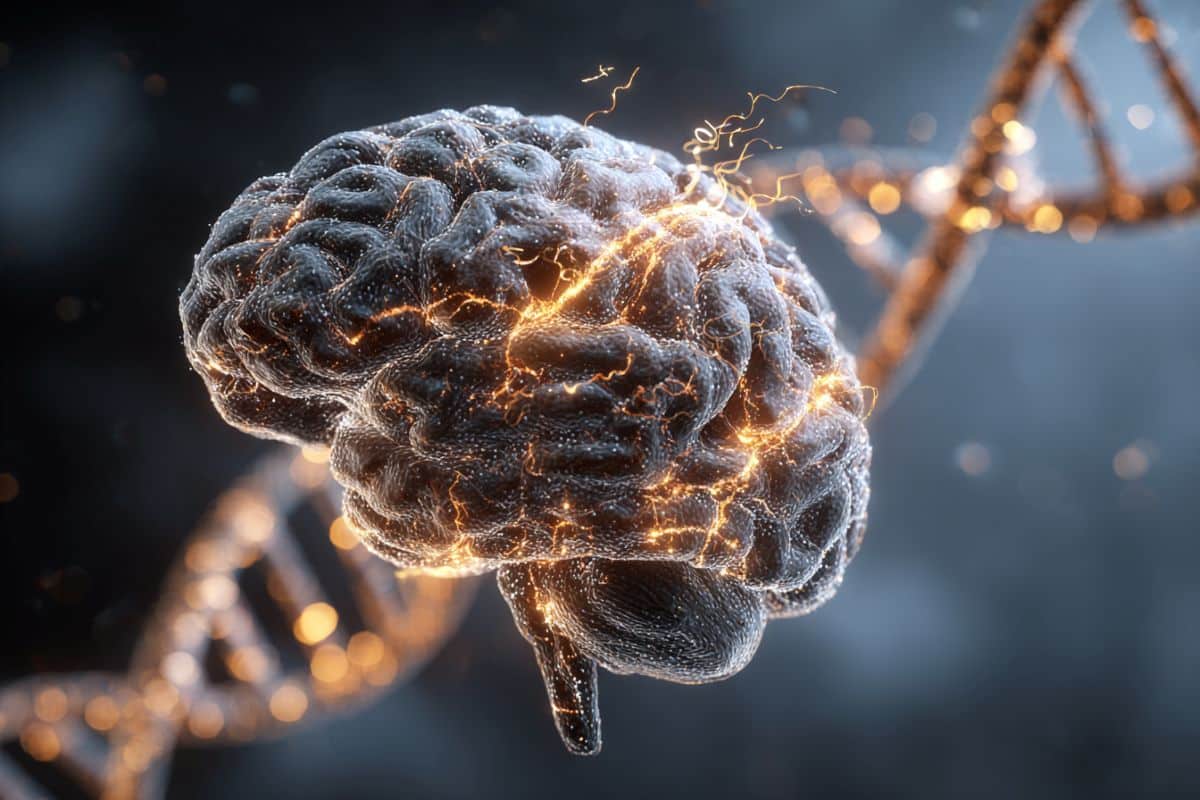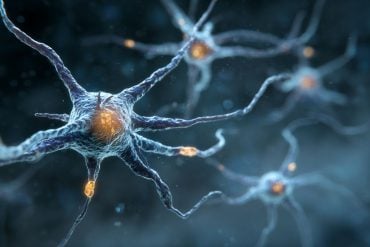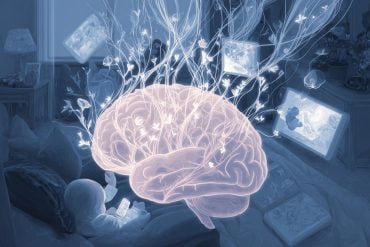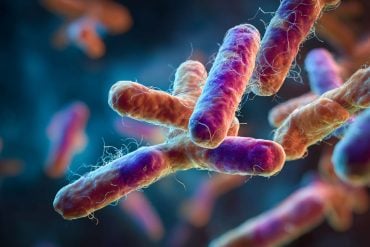Summary: A new study shows that repetitive DNA, once dismissed as “junk,” plays a critical role in shaping the human brain. Scientists found that LINE-1 transposons, a type of mobile DNA element, are active in stem cells and regulate key genes during early brain development.
When these sequences were switched off, brain organoids grew abnormally, suggesting their influence on both evolution and disease. The findings reveal that hidden parts of the genome could be central to understanding conditions like Parkinson’s and neurodevelopmental disorders.
Key Facts
- Hidden Regulators: LINE-1 transposons in non-coding DNA guide brain development.
- Consequences of Silence: Blocking them disrupted growth in lab-grown brain organoids.
- Disease Connection: Many affected genes are tied to neurodevelopmental and psychiatric disorders.
Source: Lund University
For decades, large stretches of human DNA were dismissed as “junk,” thought to serve no real purpose.
In a new study in Cell Genomics, researchers at Lund University show that the repetitive part of the human genome plays an active role during early brain development and may also be relevant for understanding brain diseases.
DNA carries the complete set of instructions an organism needs to develop and survive, but only about 1.5% of it consists of protein-coding genes that determine traits such as eye color, height, and hair type.

The other 98.5%, once written off as ‘junk DNA,’ is now recognized more and more as an important part of our genome that controls when and where genes are switched on, influencing development, cellular processes, and even human evolution.
At Lund University, researchers have been exploring this overlooked portion of the genome. Their latest study published in Cell Genomics shows how specific sequences within the non-coding genome help shape the developing human brain.
“An underlying question in my lab is: how did the human brain become human?” says Johan Jakobsson, Professor in the Department of Experimental Medical Sciences, and head of the Laboratory of Molecular Neurogenetics.
“We want to know which parts of the genome contribute to uniquely human functions, and how this connects to brain disorders.”
Repetitive DNA has an active role in the human brain
In the new study, Johan Jakobsson and his team, together with collaborators at the University of Copenhagen, the University of Cambridge, and New York University, investigated segments of repetitive DNA sequences called transposable elements. Sometimes described as “jumping genes,” these sequences can move around within the genome, making them challenging to study.
Using induced pluripotent stem cells and brain organoids, miniature, simplified versions of the human brain grown in the lab, the researchers studied one particular family of transposable elements, known as LINE-1 (L1) transposons. By combining CRISPR gene-editing technology with advanced sequencing methods, they were able to switch these sequences off and observe the effects.
“Previously we assumed this part of the genome was switched off and just sitting quietly in the background,” Johan Jakobsson says.
“It turns out that’s a misconception. These elements are not silent; they are active in human stem cells and seem to play an important role in early brain development. And we found that when you block them, there are real consequences.”
Jumping genes effect on brain development
When the L1 transposons were silenced, the team observed disruptions in gene activity and abnormal brain organoid growth.
“From an evolutionary perspective, this could help explain how the human brain developed differently from that of other primates,” Johan Jakobsson notes.
“But from a disease perspective, it also tells us that these elements are part of the cell’s machinery and probably linked to disorders. If we want to fully understand neurodevelopmental disorders or neuropsychiatric conditions, we have to study this part of the genome.”
With many of the genes affected by L1 transposons linked to brain disorders, their work opens new avenues for future research.
How does the non-coding genome contribute to brain disease?
The Lund team is continuing this work through the ASAP (Aligning Science Across Parkinson’s) Collaborative Research Network, working with international partners to investigate how transposable elements contribute to brain diseases using both patient-derived cells and donated brain tissue samples.
“This study points to the fact that these elements are not just evolutionary leftovers, they are important for regulating genes that are active in the brain,” Johan Jakobsson concludes.
“Our next step is to investigate patient samples, from children with neurodevelopmental disorders and adults with age-related conditions such as Parkinson’s disease. The goal is to understand how these hidden parts of our genome contribute to disease and, eventually, how we might use that knowledge to improve treatments.”
About this genetics, neurodevelopment, and neurology research news
Author: Anna Elizabeth Hellgren
Source: Lund University
Contact: Anna Elizabeth Hellgren – Lund University
Image: The image is credited to Neurosciene News
Original Research: Open access.
“LINE-1 retrotransposons mediate cis-acting transcriptional control in human pluripotent stem cells and regulate early brain development” by Johan Jakobsson et al. Cell Genomics
Abstract
LINE-1 retrotransposons mediate cis-acting transcriptional control in human pluripotent stem cells and regulate early brain development
Long interspersed nuclear element 1 (L1) retrotransposons represent a vast source of genetic variability.
However, mechanistic analysis of whether and how L1s contribute to human developmental programs is lacking, in part due to the challenges associated with specific profiling and manipulation of human L1 expression.
Here, we show that thousands of hominoid-specific L1 integrants are expressed in human induced pluripotent stem cells and cerebral organoids.
The activity levels of individual L1 promoters vary widely and correlate with an active epigenetic state.
Efficient on-target CRISPR interference (CRISPRi) silencing of L1s revealed nearly a hundred co-opted L1-derived chimeric transcripts, and L1 silencing resulted in changes in neural differentiation programs and reduced cerebral organoid size.
Together, these data implicate L1s and L1-derived transcripts in hominoid-specific CNS developmental processes.







